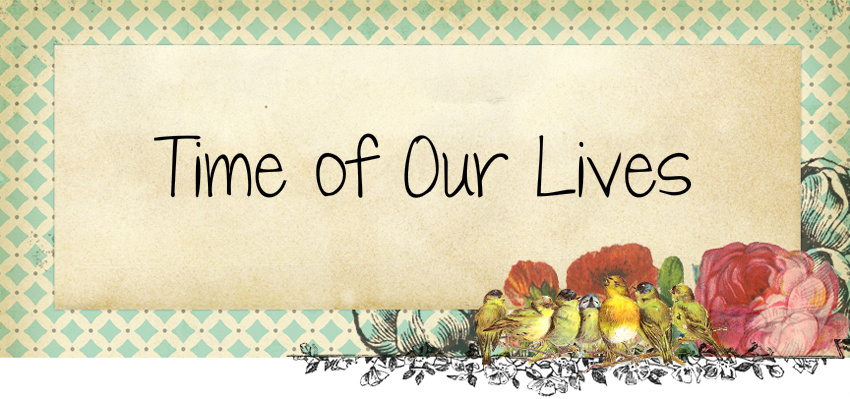December Week 2: Popcorn - microwave and regular kernels
Now, if your family eats popcorn, then figure out what you use in a year's time and get to the store and pick up the popcorn. Then, add the popcorn to your food storage shelves, and update your inventory sheets. It's that simple!
Before you completely dismiss popcorn as a food storage item, check out the article included below, from USA Emergency Supply. (to read the entire original article, click on USA Emergency Supply). Note also that popcorn, if stored properly, can last 10-15 years. You can buy it canned, online from food storage warehouses.
"You may have considered popcorn to be junk-food. However, it actually supplies a lot of nutrition and is suggested as a snack by the National Cancer Institute (NCI), the American Dental Association (ADA) and the American Dietetic Association (ADA). Popcorn contains substantial amounts of carbohydrates, fiber, many of the B vitamins, Potassium, Phosphorus, Magnesium, Iron, Zinc, Pantothenic acid, Copper, Manganese, Linoleic acid and all the essential amino acids. And for how inexpensive popcorn is, popcorn will give you very good nutritional bang for the buck in your food storage or every-day eating. It's inexpensive, easy to pop and great fun to eat.
Hints for getting the best popped corn: Don't pop popcorn in butter as the butter will burn before it can get hot enough. Popcorn pops best in temperatures of 400-460 degrees F. If your oil starts to smoke which happens at 500 degrees F, you've got it too hot. Any oil will work. Use enough oil to cover the bottom of the pan. For your health, you should choose a light cooking oil or better yet, skip the oil all together and use an air popper. The movie houses use yellow dyed coconut oil which does a great job of popping the popcorn although there are healthier oils you can use than coconut oil. To see if you have the oil hot enough, drop a couple of kernels into the hot oil. If it's hot enough, they should pop in just a few seconds. If you don't have a popper, any thick bottomed, high walled pan will do. Popcorn can even be easily made in a Dutch oven over a camp fire. When your oil is the right temperature, pour in your popcorn, shaking the pan to cover all the seeds in oil. Do this with the lid on to prevent burns should the hot oil try to splash out of the pan. Using a lid helps the kernels to heat more evenly and keeps the popping corn from flying all over the place. (If you are using a popcorn popper, shaking it isn't necessary because of it's rounded bottom.) As it begins popping, it's important to continue to shake a flat-bottomed pan. This helps any un-popped kernels to settle to the bottom of the pan where they can pop. As soon as you hear the popcorn stop popping, pull the pan off the heat and pour the popcorn into another container. It will burn if you leave it in the hot pan."
If you would like the full info on the Week-By-Week Food Storage Plan, just click on the tab at the top of the page. You can then click on any single week and it will take you to the blogpost that featured that week's items. It also has the information as to how you can get a copy of the weekly schedule as well as the complete inventory sheets.


No comments:
Post a Comment